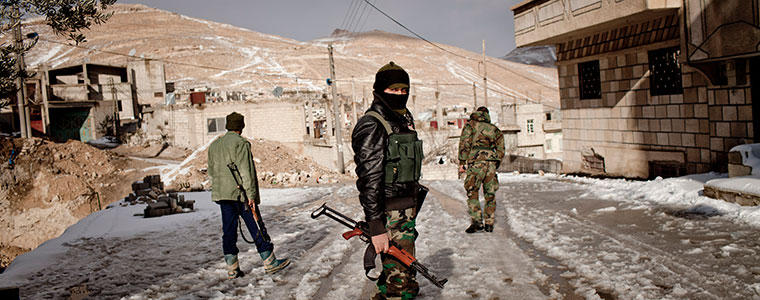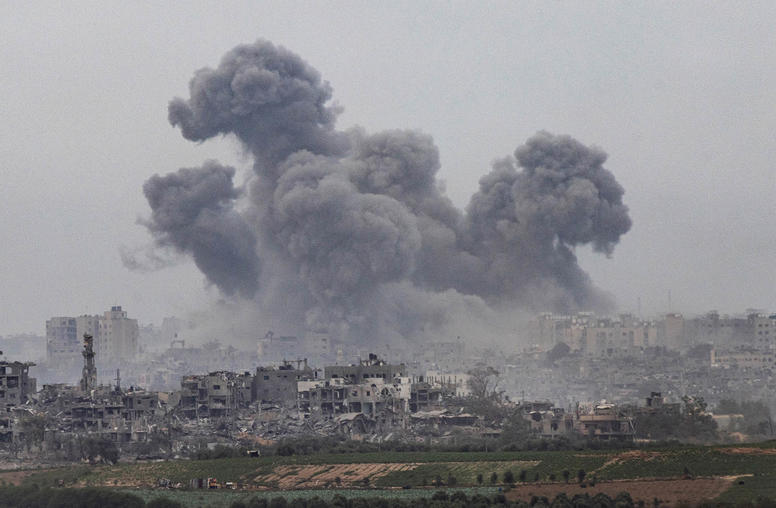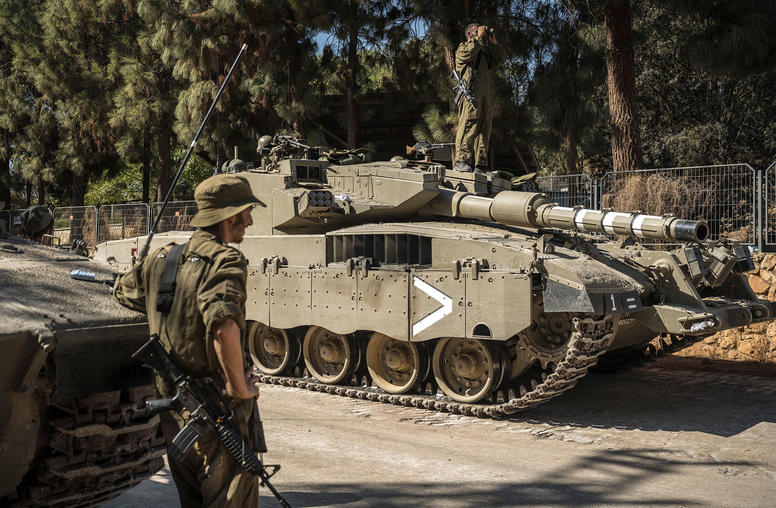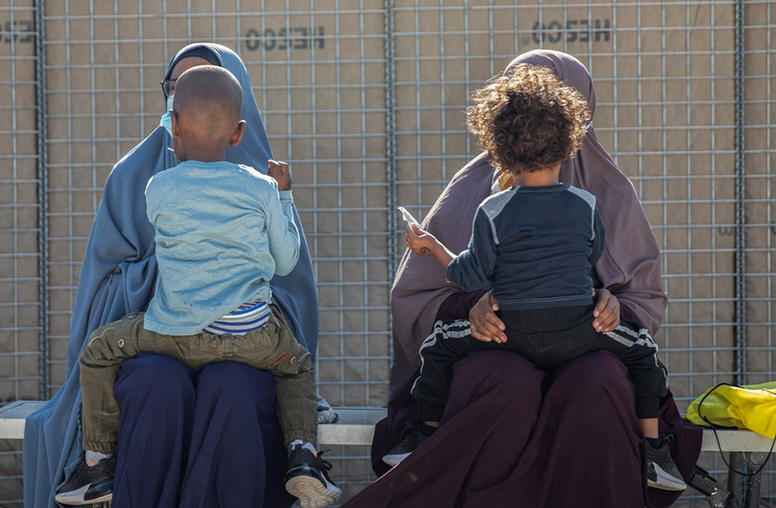
Currently, international attention is rightly focused on implementing the peace plan put forward by former U.N. Secretary-General Kofi Annan and preventing Syria from sliding further into full scale civil war. Ending the conflict has proven to be a difficult task as fighting has continued, while introduction of U.N. monitors has proven problematic.
Should regime change occur, as has happened in other countries impacted by the Arab Spring, the security sector reform challenges facing a transitional government would be no less daunting. In the immediate aftermath of the conflict, Syria's new authorities would need to restore public order and prevent the kind of civil disturbance, looting, and criminal activity that occurred in Baghdad in 2003.
They would also have to establish control of weapons depots, some reportedly containing weapons of mass destruction, border crossing points, and vital infrastructure, including government buildings, museums and cultural centers. These tasks would be made easier by the introduction of international peacekeepers; however organizing and deploying such a force in a timely manner would be an additional challenge. In the longer-term, a transitional government would face problems similar to those experienced by other countries in the aftermath of the Arab Spring.
Syria has large, powerful military forces that have historically played a major role in the country's political affairs. These forces would have to be brought under civilian authority, returned to barracks and eventually right-sized and refocused on external defense. Similarly, Syria's extensive internal security services and paramilitary groups would have to be vetted, reorganized and demobilized in a manner consistent with the rule of law.
Finally, the Free Syrian Army and the local citizen committees will have to be brought into a unified chain of command and integrated into new security structures that will also include legacy forces. These are daunting tasks.
While it is critical to end the current fighting, there is a need to think ahead should Syria experience the kind of transformation that has occurred elsewhere in the region.



